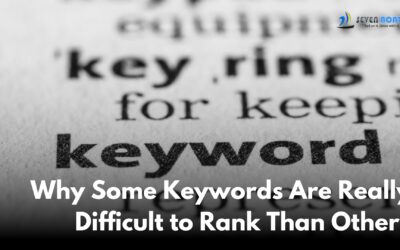We have heard a saying being repeated more often than not: a picture speaks a thousand words. This adage is even truer for websites and online content. There is so much of written content jostling for space that online users are either attracted or repelled by the simple power of web images. Here we are highlighting the top 5 facts about web images that have come up in studies and surveys. Knowing these top 5 facts about web images will help you gain more leverage out of your websites and visual content.
Fact 1: More than 46% of a sample of 2500 online users reported that their first, and probably the only, impression about a new website is its design. The brand quotient of that website is also judged on the basis of how appealing or otherwise the website is. If the typography, the layout and the web designing clicks with the online user, they feel more assured and trusting about that particular brand.
Fact 2: More than 93% of posts that are shared on Facebook happen to be images and infographics. Images happen to be more engaging and share-worthy than written documents. All the more reason why you should let your web images do the talking on Facebook and Twitter!
Fact 3: Local searches are ruled by the use of web images. A study among local searches in BrightLocal found that 60% of the respondents were keen towards utilizing local searches if they generated web images. Among that 60%, 23% were even willing to do business with a brand that had quality web images to show through local searches. A great revelation for brands that run local businesses!
Fact 4: If page views are your aim in SEO, you need quality web images to achieve that. A whopping 94% of respondents felt that they checked out a web page with quality images rather than ones with writing: good or bad writing is a different question altogether! They simply didn’t check web pages without good images.
Fact 5: Online businesses looking at email marketing and newsletters should make their emails more image heavy than text heavy. 65% of these email recipients responded when the newsletter had quality images and only 35% responded to emails with more text.









0 Comments